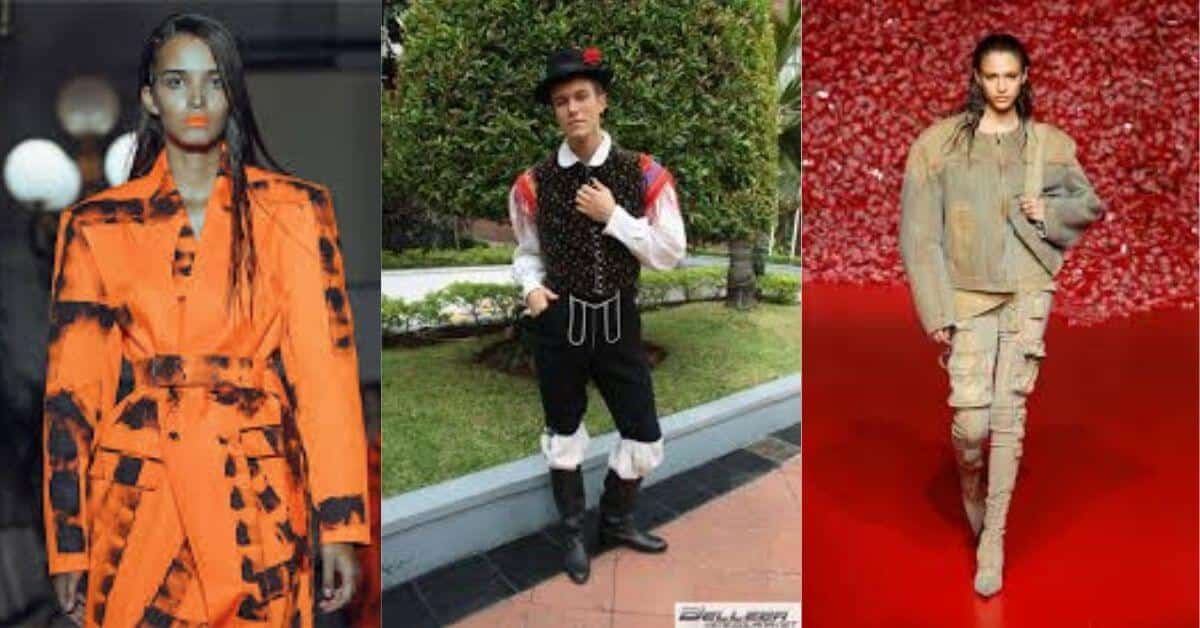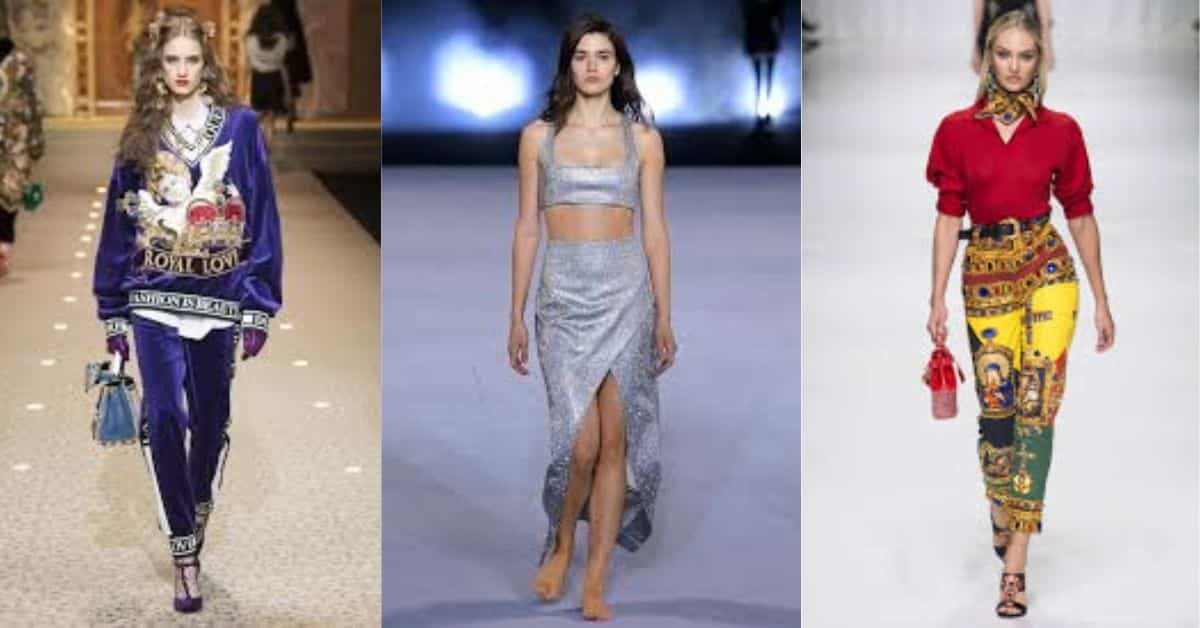
TRENDING FASHION IN MALI
4 February 2022
TRENDING FASHION IN COMOROS
18 February 2022Uganda is a country in east-central Africa with population of over 45.74 million persons, about the size of Great Britain. Uganda is populated by dozens of ethnic groups. The English language and Christianity help unite these diverse people, who come together in the cosmopolitan capital of Kampala, a verdant city whose plain includes dozens of small parks and public gardens and a scenic promenade along the shore of Lake Victoria, Africa’s largest freshwater lake. The Swahili language unites the country with its East African neighbours Kenya and Tanzania. Uganda is bordered by South Sudan to the north, Kenya to the east, Tanzania and Rwanda to the south, and the Democratic Republic of the Congo to the west. The capital city, Kampala, is built around seven hills not far from the shores of Lake Victoria, which forms part of the frontier with Kenya and Tanzania.
Uganda’s religious heritage is tripartite: indigenous religions, Islam, and Christianity. About four-fifths of the population is Christian, primarily divided between Roman Catholics and Protestants (mostly Anglicans but also including Pentecostals, Seventh-day Adventists, Baptists, and Presbyterians). About one-eighth of the population is Muslim. Most of the remainder practice traditional religions. As in other parts of Africa, Islam and Christianity have been combined with indigenous religions to form various syncretic religious trends.
TRENDING FASHION IN UGANDA










ACCESSORIES IN UGANDA
























TRIBES IN UGANDA AND THEIR FASHION
Ugandans can be classified into several broad linguistic groups; the Bantu-speaking majority, who live in the central, southern and western parts of the country; and non-Bantu speakers who occupy the eastern, northern and northwestern portions of the country (who may in turn be sub-divided into Nilotic and Central Sudanic peoples). The first category includes the large and historically highly centralized kingdom of Buganda, the smaller western Ugandan kingdoms of Bunyoro, Nkore and Toro, and the Busoga states to the east of Buganda. The peoples in the second category include the Iteso, Langi, Acholi, Alur, Karamojong, Jie, Madi, and Lugbara in the north and a number of other smaller societies in the eastern part of the country.
Buganda people
The women typically wear gomesi, a floor length brightly coloured dress with square neckline and short puffed sleeves. Earlier on, gomesi is made of bark cloth but now it is made with cotton, silk, wool materials etc. the garment is fastened with a sash traditionally known as kitambala, placed around the waist over the hips and two buttons on the left side of the neckline. The men wear kanzu, a masculine outfit similar to a tunic and is mostly composed of a white or cream fabric. It is made from silk, cotton, poplin or linen.








TOURIST AND HISTORICAL PLACES IN UGANDA
Entebbe – The nation’s Entebbe International Airport is located here, with its runways running parallel to Lake Victoria’s waters.

Bwindi Impenetrable National Park – The Bwindi Impenetrable National Park is truly impenetrable! It’s a land of jagged peaks and never-ending green, with some of Africa’s oldest primeval woods.

Ssese Island – The Ssese Islands archipelago is Uganda’s equivalent to the East African coast’s tropical pearls in the Indian Ocean.

Queen Elizabeth National Park – Uganda’s most famous national park, dubbed simply QENP for short, is a vast expanse of wilderness located near the banks of Lake Edward and the DRC border in the west.

Mount Elgon National Park – The Mount Elgon National Park’s rock-ribbed, jungle-topped highlands are dotted with so many natural wonders that describing them all at once can be impossible.

Mgahinga Gorilla National Park – It has uncommon mountain gorilla sightings as well as other amazing animals like woodland elephants, golden monkeys, wild hogs, and jackals.

Mbale – Tin-shack Mbale is one of eastern Uganda’s principal transportation and administrative hubs, with its own regional government and a slew of nice hotels and guesthouses.

Lake Mburo National Park – These make for great game viewing during the dry season, when the animals congregate at the watering holes.

Kidepo valley National Park – Kidepo Valley National Park is a fantastic fly-in destination. It is located 700 kilometers from the city and is well-known for its isolation.

Kibale National Park – You will not be disappointed if you venture into the lush jungles and swamp forests of Kibale National Park, on game drives and safari trips of various kinds.

Jinja – The river town of Jinja, which juts out into the waters where the Victoria Nile emerges from its eponymous lake, is only a short journey east along the motorways.

Murchison Falls National Park – Murchison Falls National Park’s wilds are without a doubt some of the most spectacular in north-western Uganda.

Kampala – the modern-day capital of Uganda is the ancestral capital of the Buganda monarchy. It has a lot of flare and elegance for an African first city.

Fort portal – Chimps and gorillas tread the backcountry close by, giving the place a real feral feel.

MUSIC IN UGANDA
Uganda, is now ranked number three in Africa as far as music and entertainment is concerned. The first form of popular music to arise out of traditional music was the Kadongo Kamu style of music, which arose out of traditional Kiganda music. Kidandali is a music genre that currently is arguably the most popular genre of music in Uganda. However, the term “kidandali” is not universally agreed on as the name of this genre with some local sources preferring instead to use the very simplistic term “Band Music” while others prefer the term Afrobeat, even though the music shares no similarities with Afrobeat. The roots of this genre can be traced back to the bands that sprung up after Uganda got independence in 1962.
Some musicians in Uganda include:
Bobi Wine

Cinderella Sanyu

Some art work in Uganda Include:






Chapati – a delicious African flatbread that is prepared most weeks in many Ugandan homes. Cheap and relatively easy to make,
Mandazi – a delicacy not just in Uganda but in other African countries. Also known as puff-puff and bofrot.
Ugali – a type of stiff maize flour porridge made in Africa.
Luwombo – a traditional dish from Uganda, in which a stew of chicken, beef, mushrooms or fish is steamed in banana leaves.
Matoke – is a starchy triploid banana cultivar originating from the African Great Lakes.
Rolex – a street food snack that, at its very basic, consists of eggs wrapped in a chapati, a flatbread made
Chapati

Mandazi

Ugali

Luwombo

Matoke

Rolex

Katogo – this dish features matooke (green bananas that have been cooked and mashed) that is cooked in a sauce made from tripe, beans, ground peanuts, onions, and/or tomatoes.
Grasshoppers – it is known locally as nsenene and as well considered a local delicacy.
Groundnut Sauce – this is known locally as binyebwa.
Chaloko – a bean porridge or soup that is usually eaten with posho.
Muchomo – Uganda’s take on barbecued meat. The meat can be chicken, beef, lamb, or goat, roasted and sold by vendors as a roadside treat.
Katogo

Grasshoppers

Groundnut Sauce

Chaloko

Muchomo

ENVIRONMENTAL CONSERVATION AND HABITAT PROTECTION IN UGANDA
Today, forest and woodland cover in Uganda stands at 49,000 km² or 24% of the total land area. Of these 9,242.08 km² is tropical rainforest, 350.60 km² are forest plantations and 39,741.02 km² is woodland. 30% of these areas are protected as national parks, wildlife reserves or central forest reserves. Nationwide forest resources were being planted rapidly. Deforestation was especially severe in poverty-stricken areas, where many people placed short-term survival needs ahead of the long-term goal of maintaining the nation’s economic sector. Agricultural encroachment, logging, charcoal making, and harvesting for firewood consumed more wooded area each year. An additional toll on forest reserves resulted from wildfires, often the result of illegal moonshine-making activity in reserves. Neither natural regrowth nor tree-planting projects could keep pace with the demand for forest products. The wildlife of Uganda is composed of its flora and fauna. Uganda has a wide variety of different habitats, including mountains, hills, tropical rainforest, woodland, freshwater lakes, swamps and savanna with scattered clumps of trees. The country has a biodiverse flora and fauna reflecting this range of habitats and is known for its primates, including gorillas and chimpanzees. There are ten national parks and thirteen wildlife reserves; some 345 species of mammal and 1020 species of bird have been recorded in the country.











EFFECT OF CLIMATE CHANGE IN UGANDA
Uganda’s climate is naturally variable and susceptible to flood and drought events which have had negative socio-economic impacts in the past. Human induced climate change is likely to increase average temperatures in Uganda by up to 1.5 ºC in the next 20 years and by up to 4.3 ºC by the 2080s. Such rates of increase are unprecedented.
Uganda is highly vulnerable to climate change and variability – its economy and the wellbeing of its people are tightly bound to climate. Human induced climate change in the coming century has the potential to halt or reverse the country’s development trajectory. In particular, climate change is likely to mean increased food insecurity; shifts in the spread of diseases like malaria; soil erosion and land degradation; flood damage to infrastructure and settlements and shifts in the productivity of agricultural and natural resources. It will be the poor and vulnerable who feel these impacts the hardest, though climate change has serious implications for the nation’s economy. For example, a shift in the viability of coffee growing areas potentially wiping out US $265.8 million or 40% of export revenue, exacerbating poverty and triggering migration as well as heightened competition over strategic water resources. Climate change could also lead to regional insecurity.












GENDER EQUALITY IN UGANDA
In Uganda, as of February 2021, 34.9% of seats in parliament were held by women. 75% of legal frameworks that promote, enforce and monitor gender equality under the SDG indicator, with a focus on violence against women, are in place. 34% of women aged 20–24 years old who were married or in a union before age 18.
Irene Nafuna Muloni – Ugandan electrical engineer, businesswoman and politician and also a Senior Presidential Advisor to Ugandan President.
Evelyn Anite Kajik – an Ugandan journalist and politician. She is the State Minister of Finance for Investment and Privatization in the Ugandan Cabinet since 6 June 2016.
Amelia Anne Kyambadde – Ugandan politician, philanthropist and Women activist.
Maria Emily Lubega Mutagamba – former Ugandan economist and politician. She was the Minister of Tourism, Wildlife and Antiquities
Irene Nafuna Muloni

Evelyn Anite Kajik

Amelia Anne Kyambadde

Maria Emily Lubega Mutagamba

Victoria Sekitoleko – former Minister of Agriculture in the Ugandan government.
Robinah Nabbanja – an Ugandan educator and politician, who is the Prime Minister of Uganda.
Jessica Alupo – current vice president of Uganda since 2021. She is a Ugandan politician, educator, and former military officer.
Janet Kainembabazi Museveni – Ugandan politician who has been the First Lady of Uganda since 1986.
Victoria Sekitoleko

Robinah Nabbanja

Jessica Alupo

Janet Kainembabazi Museveni









